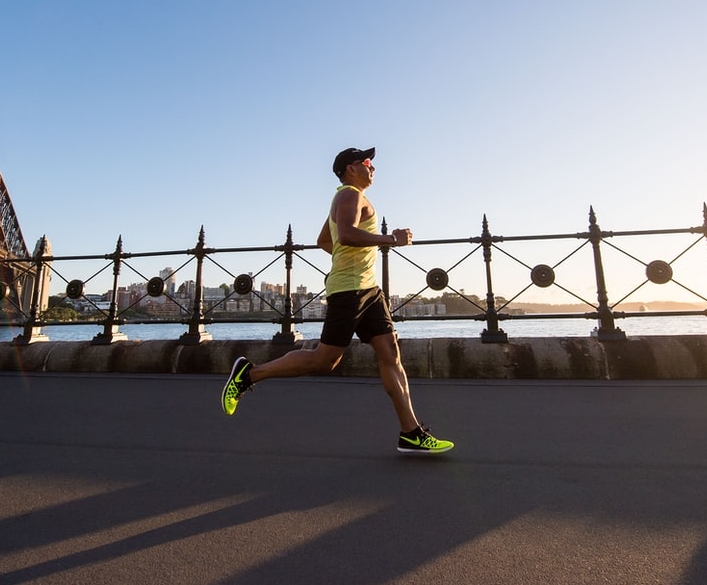Become a more efficient runner when you learn to breathe properly
Proper breathing during a run is crucial. Poor or incorrect breathing techniques can lead to shortness of breath, muscle and joint stress, and even injury. To make the most out of every run, it’s vital for a runner to breathe properly, not overstress your body, and adjust when needed. This boosts your efficiency and the probability that you get the most out of your run or workout. In the beginning, these new breathing techniques might feel unnatural. However, with time and practice, they will become second-nature. They’ll get easier over time and you’ll become a more efficient runner. Make running that much easier when you pair these 12 tips with the breathing advice below.
Tips to help you be more efficient
1. Perform breathing exercises
When was the last time you focused on how you breathe? Pay attention to how you inhale and exhale. Breathing exercises can significantly enhance lung capacity and function. There are many breathing exercises that you can do whether you’re running or not. The trick is to decide which one is best for you. Consider the breathing techniques below. Note that times can be adjusted to fit your breathing pattern.
- Pursed lips breathing – inhale for 2 seconds, fill your abdomen, purse your lips exhale for 4 seconds
- Breathing through your nose – inhale through your nose, exhale through your mouth
- Numbered breathing – inhale for 4 seconds, hold for 7, exhale for 8
- Equal breathing – inhale the same amount you exhale
2. Pay attention to form and speed
Focus on your form and speed during your run at all times, from start to finish. This is a great way to prevent side stitches during your run. You’ll notice your body breathes differently throughout. Understand what your body is doing and what it needs. If you begin running too fast too soon, you’ll deplete your oxygen reserves and pay for it later in your run. Start off with a smooth and easy pace, then build up as your body adjusts. Form is vital too. Maintain good posture, with your head bent slightly forward. Keep it in line with the spine and don’t lean forward or backward too much. Keep your shoulders relaxed and away from the ears. Avoid slouching or hunching forward.
3. Try diaphragmatic breathing
This is a form of deep abdominal breathing. It’s designed to strengthen muscles that support breathing. This technique is helpful if you hold a shallow breath. Chest breathing sometimes causes tension in the shoulders, making it feel natural to breathe from your belly. Diaphragmatic breathing is something you can do throughout the day. Pro tip: focus on this type of breathing during this 10-minute warm-up.
4. Practice rhythmic breathing
This technique maximizes your oxygen intake while reducing the stress on your body. Every time your foot hits the pavement, the impact puts stress on the body. To prevent imbalances in the muscles, alternate your breathing pattern with your left and right feet. This puts less pressure on the diaphragm. It also helps balance the impact of running on your body. Consider following the 3:2 pattern. It enables you to alternate which foot will receive the impact during an exhale. Take in a deep breath for three steps and breathe out for two. For fast runners, consider using a 2:1 pattern. Practice this type of breathing during your long run. Make sure you follow this long-run recovery timeline to begin the recovery process.
Running is a strenuous activity for the human body. It makes the respiratory and circulatory systems work harder than usual. The need for more oxygen and the necessity of getting rid of carbon dioxide accumulation puts stress on breathing. However, with these simple yet effective strategies, you can breathe properly and improve your running performance. If you ever feel like skipping your run or workout, use one of these 5 excuse busters and get after it!






